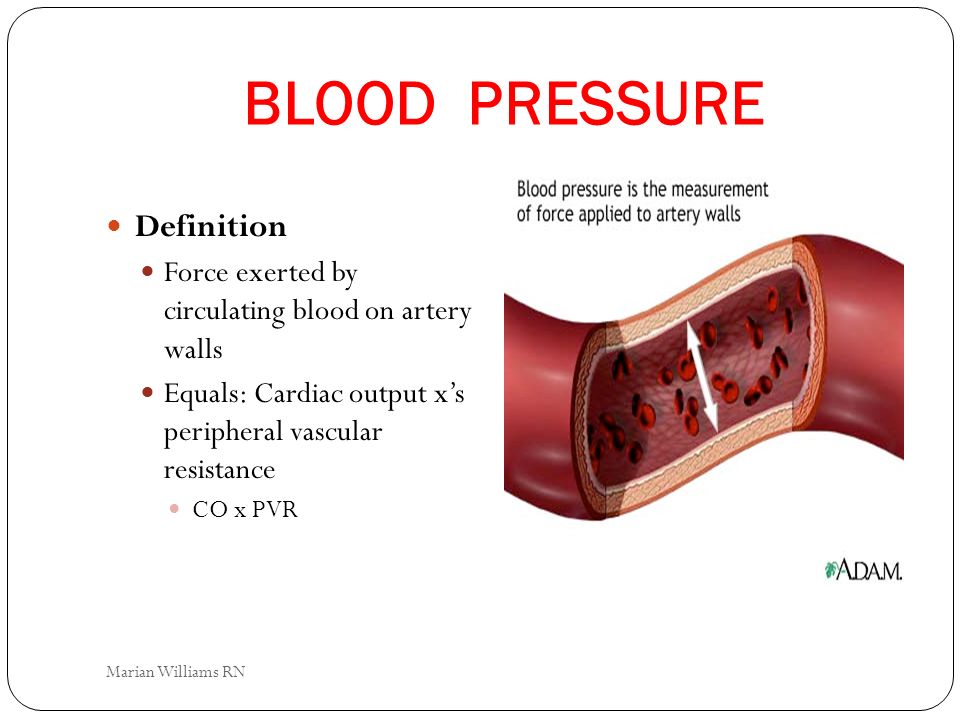


Only then, after lowering his WBV to a safe range, would I have discharged this patient safely to home to his loved ones. Dr Holsworth later became one of the world’s leading experts in the use of blood viscosity in a clinical setting and asked: “I wonder if this patient would be alive had I been able to evaluate his likely elevated WBV and treat him with antiviscogenic agents. Dr Holsworth recalled that his aforementioned patient had been discharged with normal vital signs and laboratory test results that provided no indication of the evolving danger. It was not until several years later that Dr Holsworth learned of the role of whole blood viscosity (WBV) in the formation of thrombi. A mandatory autopsy revealed that the patient had a major pulmonary embolism, resulting in his sudden death. The patient was pronounced dead after several attempts at resuscitation. He rushed down to the emergency department, where cardiopulmonary resuscitation was in progress and assisted in the code. His patient had just collapsed in the parking lot.

A few minutes later, Dr Holsworth’s pager buzzed. When the patient’s prothrombin time–international normalized ratio exceeded 2.0, Dr Holsworth was instructed by hematology-oncology to discharge the patient. He worked the patient up for congenital thrombophilias, cancer, hypothyroidism, and other conditions, and consulted with hematology-oncology on the case. Dr Holsworth started him on low-molecular-weight heparin subcutaneous injections concurrently with warfarin sodium. He was an intern in a Denver hospital when he admitted a patient diagnosed as having a blood clot in his leg. Ralph Holsworth, DO, recently shared a story with me about a patient he had in Colorado many years ago. Earlier, More Accurate Prediction of Cardiovascular Event Risk


 0 kommentar(er)
0 kommentar(er)
